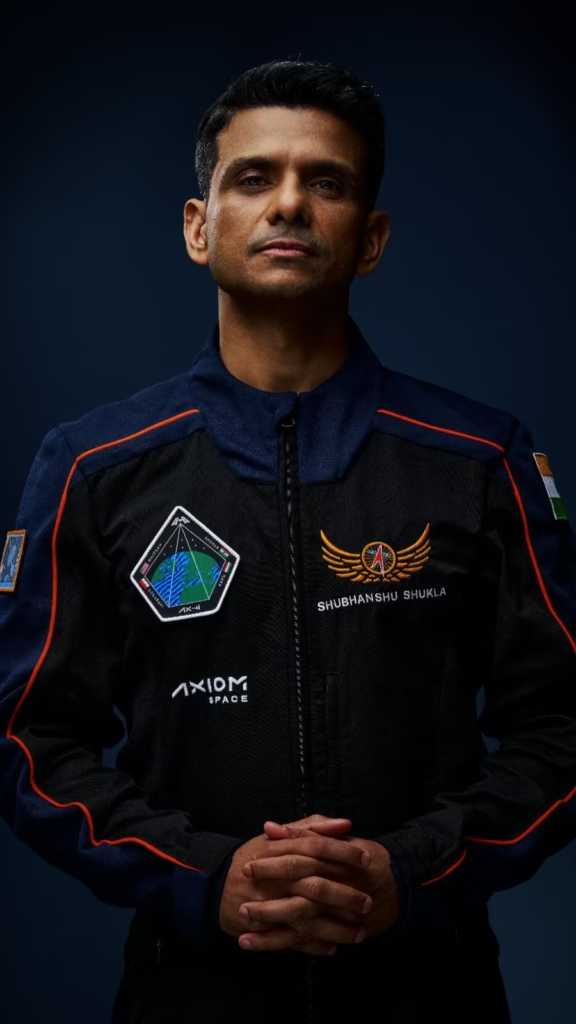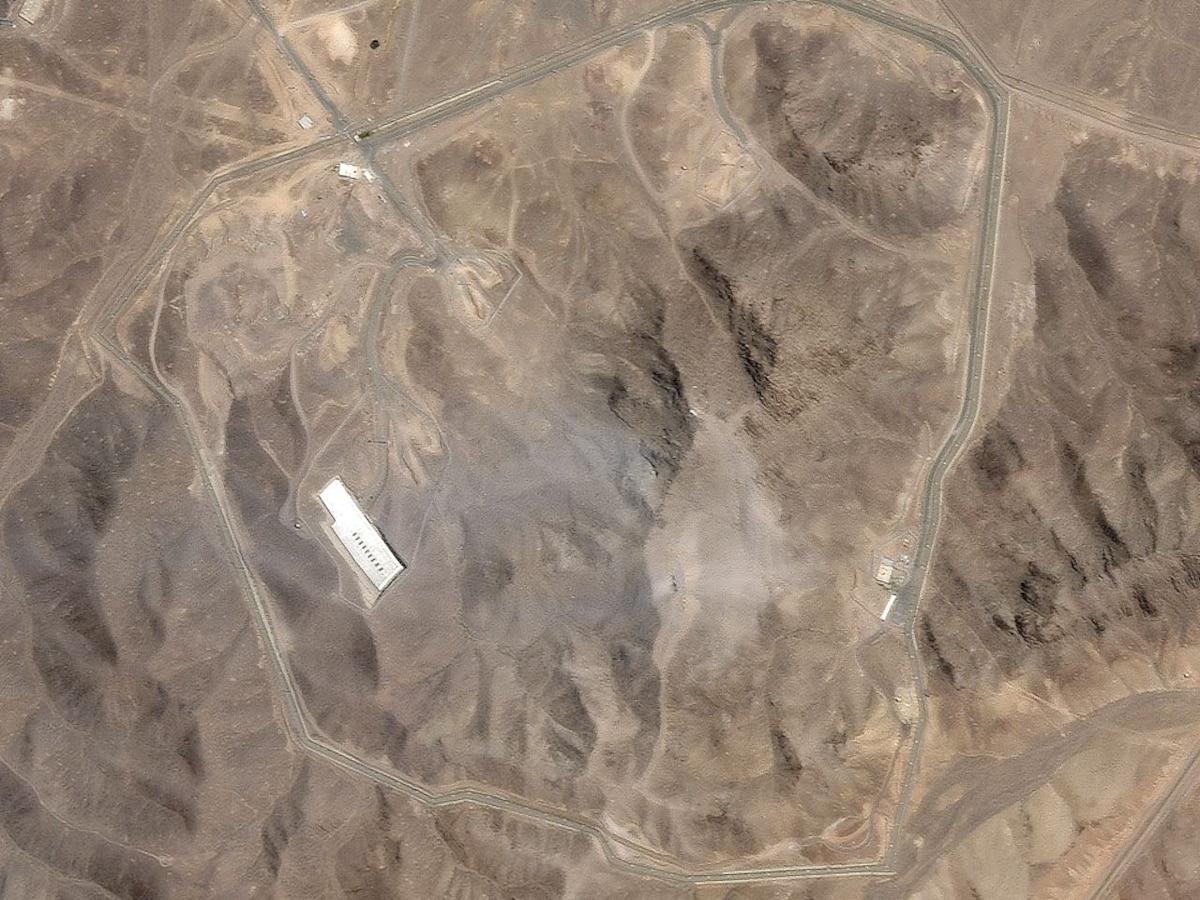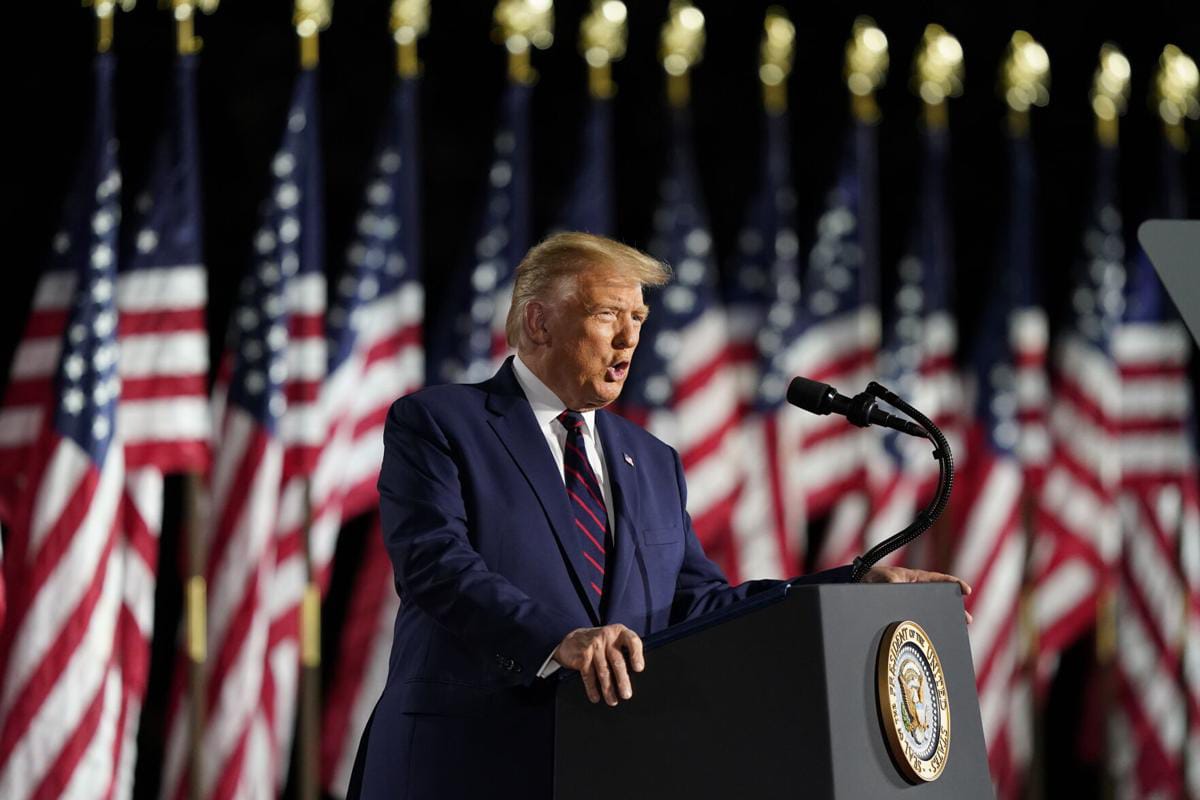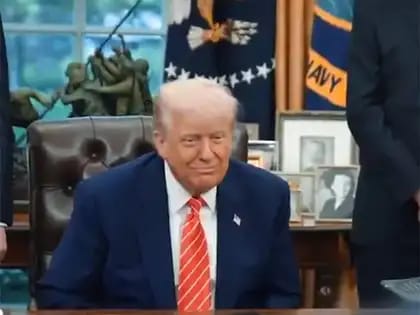
Today’s best update, June 2025 marked a significant milestone in India’s space story when Group Captain Shubhanshu Shukla soared beyond the Earth’s atmosphere aboard Axiom Mission 4. As he took to space, Shukla gave a heartfelt “Salute from Space” – a fusion of Indian culture and cosmic achievement. This article dives deeper into that symbolic greeting, chronicles his journey into orbit as the 634th astronaut, and explores how the tricolor on his shoulder reflects both national pride and our collective aspirations for the next 14 days on the ISS.
All the points in this post
Profile of Shubhanshu Shukla
Born on October 10, 1985 in Lucknow, Uttar Pradesh, Shubhanshu Shukla’s roots go back to an educational environment that nurtured his scientific curiosity and disciplined mindset. He then trained at the Indian Air Force Academy. Furthering his educational qualifications, he earned an M.Tech degree in Aerospace Engineering from the Indian Institute of Science, Bangalore – a rare achievement often lauded in an astronaut career.
Commissioned in 2006, Shukla quickly established himself as a test pilot and fighter combat leader in the IAF. With over 2,000 flying hours on platforms like the Su-30 MKI, MiG-21, MiG-29, Jaguar, Hawk, Do-228, and An-32, his versatile skills earned him numerous accolades. In March 2024, Shukla was promoted to the rank of Group Captain. He possessed the tactical and technical expertise required for human space missions.
In 2019, ISRO and IAF selected Shukla among four candidates for the preparatory Vyomnath training cadre for India’s human space initiative. He underwent advanced training at the Indian Astronaut Training Facility in Bengaluru, and while pursuing his M.Tech. His excellence ensured him the role of primary mission pilot for Axiom Mission 4 – a direct complement to India’s upcoming Gaganyaan mission.
Axiom Mission 4: Setting the Stage
Axiom Space is pioneering privatized, ISS-visiting missions, combining commercial ambitions with scientific opportunities. The mission carrying Shukla, AX-4, aims to test technical systems, advance microgravity research, and build India’s position in international space cooperation.
The international crew of AX-4 included Commander Peggy Whitson (USA), a veteran of the record-setting ISS days. Mission specialists Sławs Wojnanski-Wisniewski (Poland) and Tibor Kapu (Hungary). Pilot Shubhanshu Shukla (India). Their goals include nearly 60 experiments, including plant biology, human physiology, drug and nutrition research, and an outreach program through live flight demonstrations in India.

Launch & “Namaskar from Space” Moment
The AX-4 was launched from Kennedy Space Center on June 25, 2025, aboard SpaceX’s Falcon 9 and Crew Dragon “Grace”. The 28-hour journey included orbital entry and rendezvous, which concluded with a docking with the Harmony module of the ISS at 4:01 PM on June 26.
Shortly after reaching orbit, Shukla’s first audio rang out with a warm, “Namaskar from space.” As the 634th astronaut, he joined an elite global team and marked the beginning of India’s 41-year hiatus since Rakesh Sharma’s flight. These two words, in their humility, convey both traditional respect and cosmic wonder.
Docking with ISS
The “soft docking” took place over the North Atlantic (~4:01 pm IST), with the solid capture at ~4:15 pm. TV visuals documented Shukla’s flying adulation – style, courtesy and awe – while personal comments highlighted how truly awe-inspiring the scene was. After boarding the ship, he addressed the crew and international audience in Hindi and English, “Jai Hind, Jai Bharat” – “It’s not easy to stand here” – and described the scene as exceeding all expectations. .
An emotional event from the world. Back in Lucknow, there was a flood of joy, with parents, teachers and classmates crying, cheering, performing Bhangra and chanting “Hip Hip Hurray”. His family expressed their pride and gratitude by hosting a watch party at his educational institution, His City Montessori School. From childhood, Shukla’s father stressed the importance of discipline, and his mother praised his dedication and scientific initiative.
Life Aboard the ISS: Tricolour on Shoulder
Adapting to microgravity brought a sense of ache—a common symptom—but Shukla assured the audience that the thrill outweighed any discomfort. Floating, swinging, bounding—every movement felt novel at first. Such a clear account makes his message appealing to anyone who has faced an exciting challenge.
Outreach and Science Experiments in India During the 14-day expedition, planned experiments include plant germination and seed biology in microgravity, muscle and bone physiology, nutrition and microbial research affecting Earth-based health, and direct interaction with students in India, especially during school sessions. He will also carry cultural symbols such as a swan puppet called “Jay”, mango nectar, mung-dal halwa, and carrot halwa—symbols of tradition encased in a high-tech capsule.
National Significance & Legacy
The return to human spaceflight after 41 years, the death of Rakesh Sharma in 1984, brought an end to a four-decade gap with the mission. While Sharma flew with Soviet crews under Intercosmos, Shukla did so with commercial crews, marking a shift in the way international space relations are viewed. The $70 million ticket – partly borne by India – is a statement of serious commitment.
Shubhanshu Shukla’s journey further cements the belief in a career that blends STEM and national service. ISRO’s upcoming Gaganyaan mission is expected in 2027, and the mission is a crucial test case. His visible presence in sessions with students on the ISS promises to inspire young minds.
Role of International Collaboration
India, Poland, Hungary join ISS crew, Ax-4 is not just Indian – it’s global. Polish radiation expert Slaws and Hungarian engineer Tibor strengthen Eastern Europe’s return to ISS missions after decades, with Whitson leading the way with her veteran knowledge
The mission triangle of ISRO, NASA, Axiom Space and SpaceX reinforces the shift towards a public-private model. Axiom oversees crew and mission management, SpaceX ensures launch and spacecraft, and ISRO sets science objectives. The result? A platform that can be reused for future international flights.
THE END
Shubhanshu Shukla’s journey is a remarkable feat of diplomacy, ambition and scientific advancement. His mission, from “Namaskar” in space to experiments on the International Space Station (ISS), is an example of the next phase of India’s space exploration. It is hoped that this mission will bring success to Earth and lay the foundation for additional Indian partnerships in space after 14 transformative days. His story is one of many, yet it resonates with every hopeful child in Lucknow, Bengaluru and beyond. Today’s news update ends here, see you tomorrow for more news.






